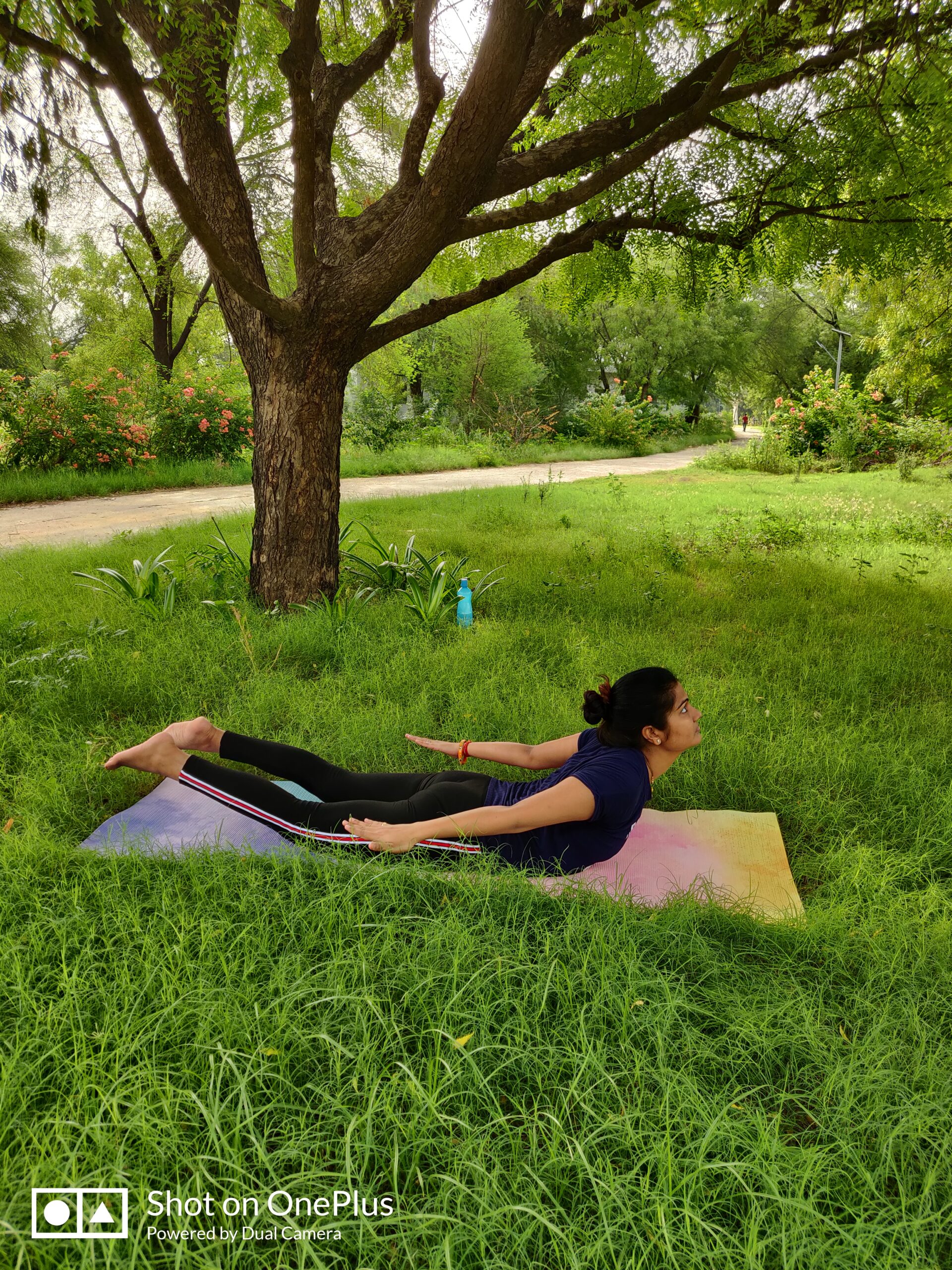Introduction: Edema, commonly known as swelling, occurs when excess fluid accumulates in the body’s tissues. While conventional treatments focus on symptom relief, naturopathic approaches offer holistic strategies to address the underlying causes of edema and promote overall wellness. In this comprehensive article, we explore naturopathic treatments and therapies that can effectively manage edema, reduce swelling, and improve overall health.
Causes and Symptoms of Edema: Unraveling the Factors
Edema, characterized by swelling due to fluid retention in the body’s tissues, can result from various underlying factors. Recognizing the causes and identifying the symptoms is crucial for effective management and preventive measures. In this section, we delve into the primary causes of edema and the common symptoms associated with this condition.

Causes of Edema:
Edema develops when there is an imbalance between the fluid that enters tissues and the fluid that exits them. Several factors contribute to the accumulation of excess fluid:
- Poor Circulation: Conditions that impair blood flow, such as venous insufficiency and congestive heart failure, can lead to fluid accumulation in the extremities.
- Lymphatic System Issues: Problems with the lymphatic system, which is responsible for draining excess fluid from tissues, can result in lymphedema.
- Kidney Dysfunction: Kidney disorders that affect filtration and fluid balance, such as nephrotic syndrome and chronic kidney disease, can lead to edema.
- Inflammation: Inflammatory conditions, including infections and autoimmune diseases, can cause fluid to leak into tissues.
- Sitting or Standing for Prolonged Periods: Prolonged immobility or standing can impede blood circulation and lead to fluid accumulation in the legs.
- Malnutrition: Deficiencies in certain nutrients, such as protein, can disrupt the balance of fluids in the body.
Symptoms of Edema: Recognizing the Signs
The primary symptom of edema is visible swelling in the affected area. The severity of swelling can vary based on the underlying cause and the extent of fluid retention. Common symptoms include:
- Swelling: Swelling may affect one or more body parts, such as the ankles, feet, legs, hands, or face. The affected area may appear puffy and stretched.
- Skin Changes: Skin over the swollen area may feel tight, shiny, and stretched. It may also show signs of indentations when pressed.
- Weight Gain: Rapid weight gain without a change in diet or activity level can indicate fluid retention.
- Discomfort: Swollen tissues can cause discomfort, heaviness, and a sensation of tightness.
- Limited Mobility: Severe edema can restrict movement and affect daily activities.
- Pitting Edema: Pressing the swollen area with a finger may leave a temporary indentation, known as pitting edema.
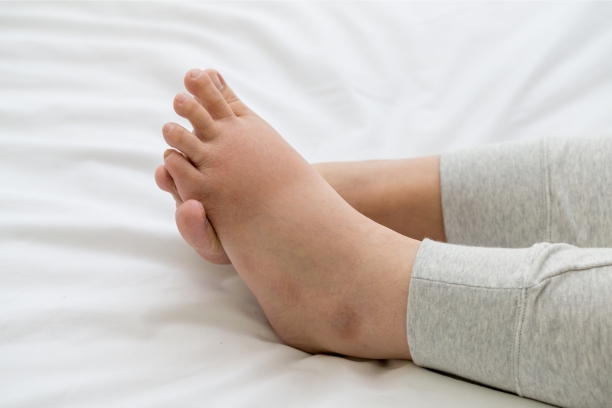
Complications and Extra-Symptoms:
Untreated or chronic edema can lead to complications such as skin ulcers, infections, and increased risk of blood clots. It’s important to address edema promptly to prevent these potential complications.
Naturopathic Treatments and Therapies for Edema Relief
Naturopathic approaches to managing edema focus on addressing the root causes of fluid retention, promoting healthy fluid balance, and enhancing overall well-being. By utilizing a combination of natural therapies and holistic practices, individuals can experience effective relief from edema symptoms. In this section, we explore a range of naturopathic treatments and therapies that can play a pivotal role in managing edema.
1. Herbal Remedies for Fluid Balance:
- Dandelion Root (Taraxacum Officinale): Dandelion is a natural diuretic that can support kidney function and help eliminate excess fluid.
- Horse Chestnut (Aesculus Hippocastanum): Horse chestnut extract can enhance blood circulation and alleviate swelling.
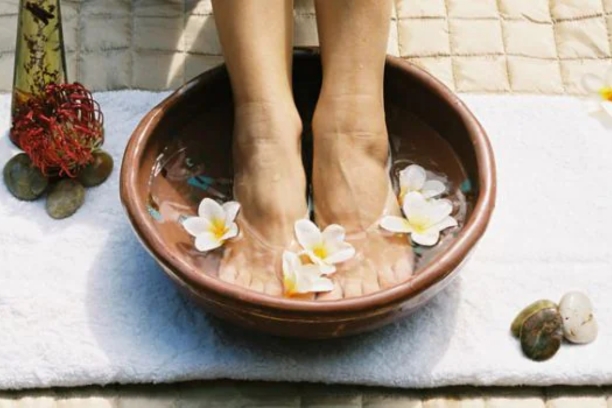
2. Nutrition for Fluid Regulation:
- Low-Sodium Diet: Reducing sodium intake helps prevent water retention and supports healthy fluid balance.
- Potassium-Rich Foods: Foods like bananas, oranges, and spinach can counterbalance sodium and promote fluid excretion.
3. Lifestyle Modifications for Circulatory Wellness:
- Regular Exercise: Engaging in moderate exercise improves blood circulation and lymphatic flow, reducing fluid accumulation.
- Movement Breaks: Avoid prolonged sitting or standing; incorporate movement breaks to encourage fluid circulation.
4. Hydrotherapy for Fluid Redistribution:
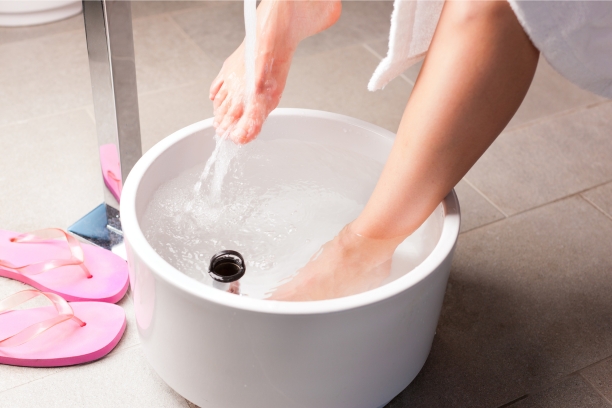
- Contrast Hydrotherapy: Alternating hot and cold water applications enhance blood circulation and reduce fluid retention.
- Hydrotherapy Baths: Warm baths with Epsom salts can relax muscles and support fluid drainage.
- Deep Breathing: Breathing exercises promote relaxation and enhance oxygenation, aiding fluid balance.
- Stress Reduction: Mindfulness, meditation, and yoga reduce stress, which can contribute to fluid retention.
5. Mind-Body Techniques for Edema Management:
6. Manual Lymphatic Drainage (MLD):
- Gentle Massage Technique: MLD stimulates the lymphatic system, promoting fluid movement and reducing swelling.
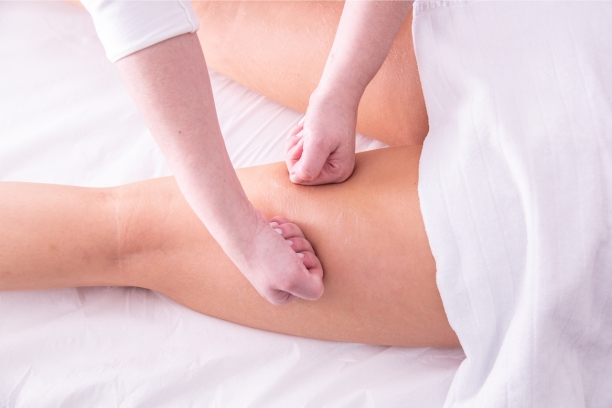
7. Herbal Supplements and Homeopathy:
- Apis Mellifica: A homeopathic remedy that can alleviate edema with stinging or burning sensations.
- Herbal Diuretics: Consult a naturopathic doctor for safe use of diuretic herbs.
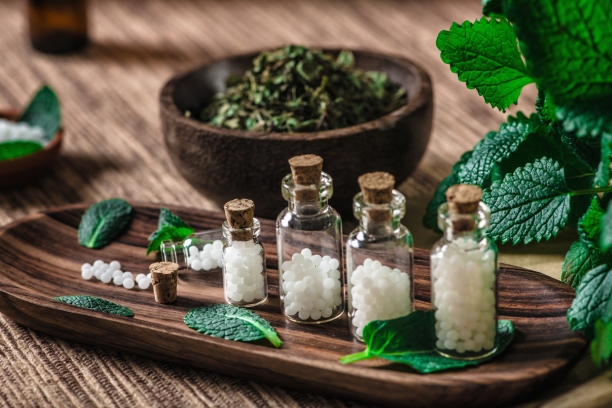
8. Body Detoxification for Fluid Balance:
Detoxification focuses on supporting the body’s natural ability to eliminate toxins and excess fluids, which can contribute to edema. Various approaches to detoxification can aid in promoting fluid balance:
- Hydration: Drinking ample water helps flush out toxins and supports kidney function, essential for fluid balance.
- Fiber-Rich Diet: A diet rich in fiber supports healthy digestion, aiding in the elimination of waste products.

- Nutrient-Dense Foods: Consuming antioxidant-rich foods supports the body’s detoxification pathways.
- Herbal Teas: Certain herbal teas, like dandelion and nettle, promote kidney function and fluid elimination.
9. Acupressure and Acupuncture Therapy for Edema Relief:
Acupressure and acupuncture are ancient healing techniques that involve stimulating specific points on the body to restore balance and promote health. These therapies can be beneficial for managing edema:
- Acupressure: Using finger pressure, acupressure stimulates acupoints related to fluid circulation and lymphatic flow. Applying gentle pressure to these points can help reduce swelling.
- Acupuncture: Acupuncture involves inserting thin needles into specific acupoints. This stimulates the body’s energy flow and can promote fluid balance and circulation.
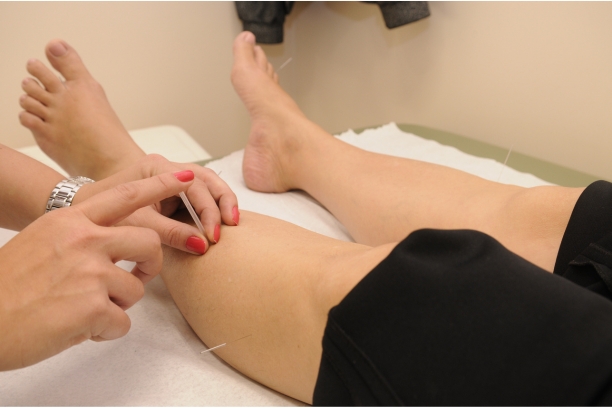
10. Consultation with a Naturopathic Doctor:
- Personalized Treatment Plans: A licensed naturopathic doctor can create a customized plan that addresses the underlying causes of edema.
- Collaboration with Conventional Care: Integrating naturopathic treatments with medical approaches provides a comprehensive strategy for edema management.
Yogic Management for Edema Relief: Enhancing Fluid Circulation
Yoga, with its gentle and holistic approach, can be a valuable addition to naturopathic treatments for managing edema. Through specific yogic practices, individuals can improve blood circulation, support lymphatic flow, and reduce fluid retention. In this section, we explore yogic asanas (poses) and techniques that can contribute to effective edema management.
1. Tadasana (Mountain Pose):
- Benefits: Tadasana promotes proper posture, improves blood circulation, and helps reduce fluid retention.
- Practice: Stand tall with feet together, align your body, engage your leg muscles, and elongate your spine.

2. Viparita Karani (Legs-Up-The-Wall Pose):
- Benefits: Elevating the legs above the heart facilitates lymphatic drainage, promoting fluid movement.
- Practice: Lie on your back, extend your legs up the wall, and relax.
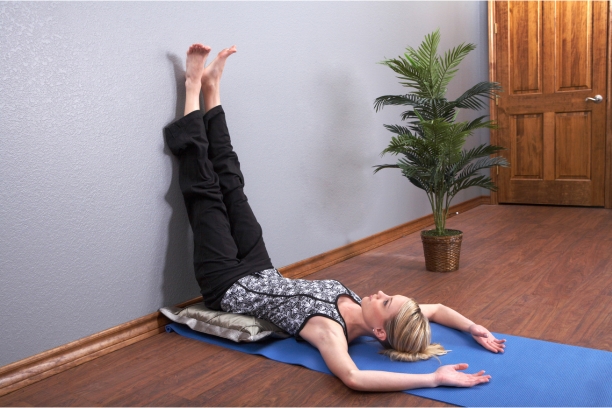
3. Sarvangasana (Shoulder Stand Pose):
- Benefits: Inverted poses like Sarvangasana enhance blood circulation towards the heart and stimulate the lymphatic system.
- Practice: Lift your legs and hips off the floor, supporting your back with your hands, elbows, and shoulders.
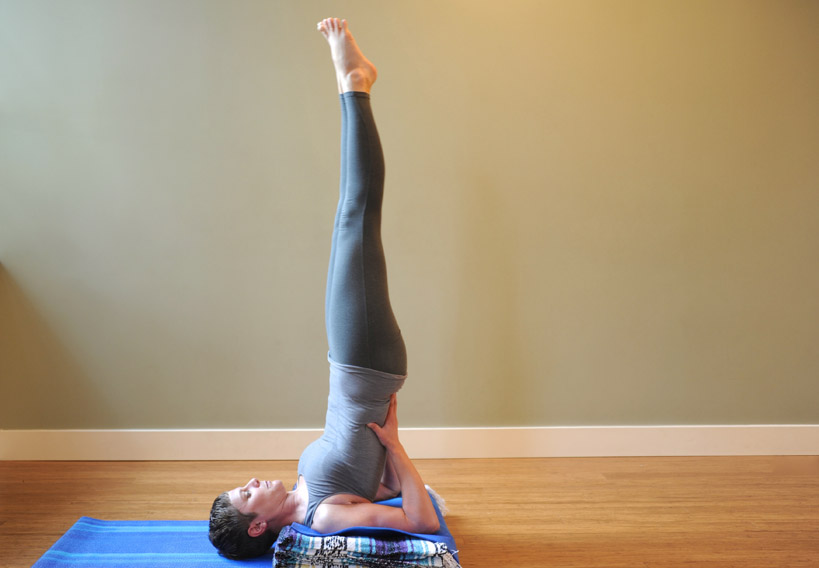
4. Matsyasana (Fish Pose):
- Benefits: Matsyasana stretches the chest, neck, and throat, promoting circulation and reducing fluid accumulation.
- Practice: Lie on your back, arch your chest upward, and rest the crown of your head on the floor.
5. Bhujangasana (Cobra Pose):
- Benefits: Bhujangasana strengthens the back muscles, promotes circulation, and supports overall fluid movement.
- Practice: Lie on your stomach, place your hands under your shoulders, and lift your chest while keeping your pelvis grounded.
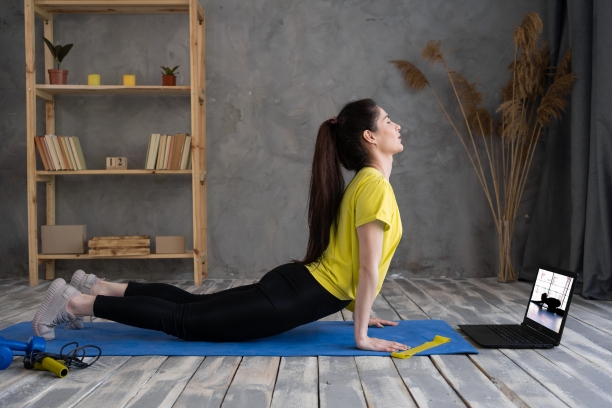
6. Anulom Vilom Pranayama (Alternate Nostril Breathing):
- Benefits: This breathing technique enhances oxygenation and promotes overall cardiovascular health, supporting fluid balance.
- Practice: Sit comfortably, use your thumb to close one nostril, inhale through the other, then switch sides.

7. Meditation and Mindfulness:
- Benefits: Meditation reduces stress and promotes relaxation, which can contribute to fluid regulation and overall well-being.
- Practice: Sit or lie down, focus on your breath, and cultivate mindfulness.
8. Consultation with a Yoga Instructor:
- Personalized Practice: A certified yoga instructor can guide you through a tailored yoga routine that addresses your specific needs.
- Gentle Approach: Consult your instructor about any modifications needed due to your condition.
Understanding Edema
Unveiling the Causes: Edema can result from various factors, including inflammation, poor circulation, and underlying medical conditions that disrupt fluid balance.
Types of Edema: Different types of edema exist, such as peripheral edema (swelling in the limbs), pulmonary edema (fluid in the lungs), and cerebral edema (brain swelling).

Conclusion
Naturopathic treatments and therapies offer a holistic approach to managing edema. By addressing the underlying causes, promoting fluid balance, and enhancing overall well-being, individuals can experience relief from swelling and discomfort.Recognizing the interplay between causes and symptoms of edema is pivotal for accurate diagnosis, early intervention, and effective management. By incorporating these yogic practices into your routine, you can enhance blood circulation, promote lymphatic flow, and support overall fluid balance.




